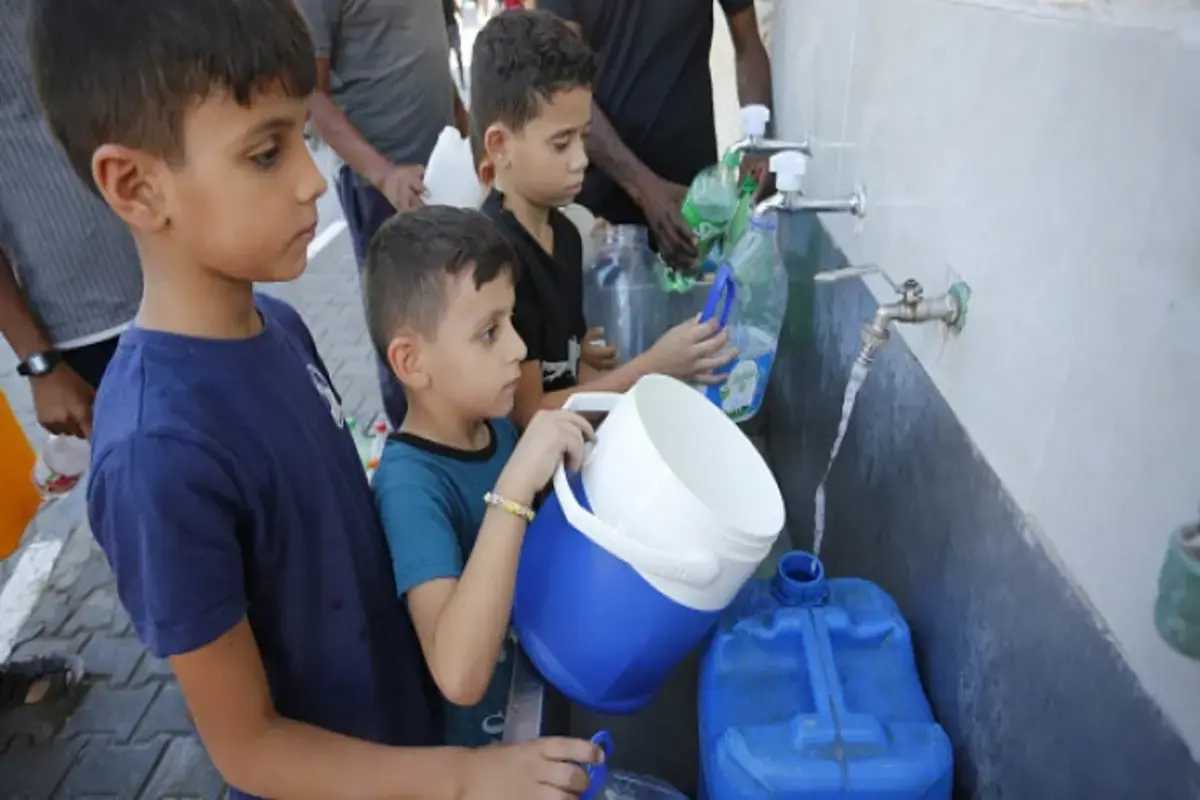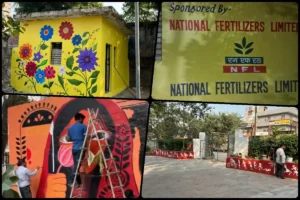
On Friday, the United Nations humanitarian coordinator in Gaza said that Waterborne infections are developing in Gaza due to a shortage of clean water and rising temperatures.
Jamie McGoldrick said, “It is becoming very hot there”.
McGoldrick went on to say, “People are getting much less water than they need, and as a result, there have been waterborne diseases due to lack of safe and clean water and the disruption of the sanitation systems”.
“We have to find a way in the months ahead of how we can have a better supply of water into the areas where people are currently crowded at the moment”, McGoldrick continued during his final visit to Gaza at the end of his three-month mission.
According to the World Health Organization, contaminated water and poor sanitation are associated with diseases like cholera, diarrhoea, dysentery, and hepatitis A.
Since mid-October, following the assault on Gaza in response to Hamas’ deadly strikes in southern Israel, WHO has recorded over 345,000 instances of diarrhoea, including more than 105,000 in children under five.
Israel has agreed to make it easier for humanitarian agencies to provide aid in Gaza, and it has cleared the resumption of operations on the northern Gaza water pipeline.
The Gaza Strip’s only natural source of water is the Coastal Aquifer Basin, which extends down the eastern Mediterranean coast from Egypt’s northern Sinai Peninsula, through Gaza and into Israel.
Its quality has rapidly deteriorated over the years, primarily because it was pumped out to fulfil the demands of Gaza’s inhabitants faster than it could be supplied by rainwater.
Also read: Sydney Mall Stabbings: 5 dead, Attacker Shot Dead
To read more such news, download Bharat Express news apps






















